- Have any questions?
- +86-189 8930 5995
- sales@mosinterchem.com.cn
Lead dioxide CAS 1309-60-0

Bromophenol Blue CAS 115-39-9
21/12/2018
Sodium bromocresol green CAS 62625-32-5 67763-24-0
21/12/2018| Model: | MOS 1309-60-0 |
| Brand Name: | MOSINTER |
| CAS No.: | 1309-60-0 |
| Appearance: | Dark brown powder |
| Purity %≥: | 95.0 |
| Hydrogen sulfide not precipitate (as sulfate) %≤: | 1.0 |
| Sulfate (SO4) %≤: | 0.1 |
| Chloride (Cl) %≤: | 0.02 |
| Total nitrogen (N) %≤: | 0.02 |
| Clarity test / No. ≤: | 6 |
| Nitric acid insoluble %≤: | 0.3 |
| Carbonates (CO3) %≤: | 0.06 |
| Manganese (Mn) %≤: | 0.0005 |
Lead dioxide (CAS: 1309-60-0)
| Item | Index |
| Appearance | Dark brown powder |
| Purity %≥ | 95.0 |
| Sulfate (SO4) %≤ | 0.1 |
| Hydrogen sulfide not precipitate
(as sulfate) %≤ |
1.0 |
| Clarity test / No. ≤ | 6 |
| Total nitrogen (N) %≤ | 0.02 |
| Chloride (Cl) %≤ | 0.02 |
| Nitric acid insoluble %≤ | 0.3 |
| Carbonates (CO3) %≤ | 0.06 |
| Manganese (Mn) %≤ | 0.0005 |
| Copper (Cu) %≤ | 0.005 |
Lead(IV) oxide, commonly called lead dioxide or plumbic oxide, is a chemical compound with the
formula PbO2. It is an oxide where lead is in an oxidation state +4. It is an odorless dark-brown crystalline
powder which is nearly insoluble in water. It exists in two crystalline forms. The alpha phase has orthorhombic
symmetry; it has been first synthesized in 1941 and identified in nature as a rare mineral scrutinyite in 1988.
The more common, tetragonal beta phase was first identified as the mineral plattnerite around 1845 and later
produced synthetically. Lead dioxide is a strong oxidizing agent which is used in the manufacture of matches,
pyrotechnics, dyes and other chemicals. It also has several important applications in electrochemistry,
in particular as a component of lead acid batteries.
Properties
Physical
Crystal structure of α-PbO2
Crystal structure of β-PbO2
Lead dioxide is an odorless dark-brown crystalline powder which is nearly insoluble in water. It has two major
polymorphs, alpha and beta, which occur naturally as rare minerals scrutinyite and plattnerite, respectively.
Whereas the beta form was known already in 1845,α-PbO2 was first synthesized in 1941 and identified as a
mineral only in 1988. The alpha form hasorthorhombic symmetry, space group Pbcn (No. 60), Pearson symbol
oP12, lattice constants a = 0.497 nm, b = 0.596 nm, c = 0.544 nm, Z = 4 (four formula units per unit cell). The
symmetry of the beta form is tetragonal, space group P42/mnm (No. 136), Pearson symbol tP6, lattice
constants a = 0.491 nm, c = 0.3385 nm, Z = 2.
Lead dioxide decomposes upon heating in air as follows:
PbO2 → Pb12O19 → Pb12O17 → Pb3O4 → PbO
The stoichiometry of the end product can be controlled by changing the temperature – for example, in the above
reaction, the first step occurs at 290 °C, second at 350 °C, third at 375 °C and fourth at 600 °C. In addition, Pb2O3
can be obtained by decomposing PbO2 at 580–620 °C under oxygen pressure of 1.4 kbar. Therefore, thermal
decomposition of lead dioxide is a common industrial way of producing various lead oxides.
Chemical
Lead dioxide is an amphoteric compound with prevalent acidic properties. It dissolves in strong bases to
form the hydroxyplumbate ion, Pb(OH)62−:
PbO2 + 2 NaOH + 2 H2O → Na2[Pb(OH)6]
It also reacts with basic oxides in the melt yielding orthoplumbates M4[PbO4].
Because of the instability of its Pb4+ cation, lead dioxide reacts with warm acids,
converting to the more stable Pb2+ state and liberating oxygen:
2 PbO2 + 2 H2SO4 → 2 PbSO4 + 2 H2O + O22 PbO2 + 4 HNO3 → 2 Pb(NO3)2 + 2 H2O +
O2PbO2 + 4 HCl → PbCl2 + 2 H2O + Cl2
Lead dioxide is well known for being a good oxidizing agent with example reaction listed below:
2 MnSO4 + 5 PbO2 + 6 HNO3 → 2 HMnO4 + 2 PbSO4 + 3 Pb(NO3)2 + 2 H2O2 Cr(OH)3 +
10 KOH + 3 PbO2 → 2 K2CrO4 + 3 K2PbO2 + 8 H2O
Electrochemical
Although the formula of lead dioxide is nominally given as PbO2, the actual oxygen to lead ratio varies between
1.90 and 1.98 depending on the preparation method. Deficiency of oxygen (or excess of lead) results in the
characteristic metallic conductivity of lead dioxide, which can be as low as 10−4 Ohm·cm and which is exploited in
various electrochemical applications. Like metals, lead dioxide has a characteristic electrode potential, and in electrolytes
it can be polarized both anodically and cathodically. Lead dioxide electrodes have a dual action, that is both the lead and
oxygen ions take part in the electrochemical reactions.
Production
Lead dioxide is produced commercially by several methods, which include oxidation of Pb3O4 in alkaline slurry in a
chlorine atmosphere, reaction of lead(II) acetate with calcium chloride, or reacting Pb3O4 with dilute nitric acid:
Pb3O4 + 4 HNO3 → PbO2 + 2 Pb(NO3)2 + 2 H2O
An alternative synthesis method is electrochemical: lead dioxide forms on pure lead, in dilute sulfuric acid, when
polarized anodically at electrode potential about +1.5 V at room temperature. This procedure is used for large-scale
industrial production of PbO2 anodes. Lead and copper electrodes are immersed in sulfuric acid flowing at a rate of
5–10 L/min. The electrodeposition is carried out galvanostatically, by applying a current of about 100 A/m2 for about
30 minutes. The drawback of the lead electrode is its softness, especially compared to the hard and brittle PbO2 which
has a Mohs hardness of 5.5. This mismatch in mechanical properties results in peeling of the coating. Therefore, an
alternative method is to use harder substrates, such as titanium, niobium, tantalum or graphite and electrodeposit PbO2
on them from lead(II) nitrate in static or flowing sulfuric acid. The substrate is usually sand-blastedbefore the deposition
to remove surface oxide and contamination and to increase the surface roughness and adhesion of the coating. Other
method that can be used to produce PbO2 is treating PbCl2 with sodium hypochlorite solution.By this way lead 2+ is
oxidized to lead 4+ and chlorine vapors rises from the hypochlorite solution.by the decomposition of sodium hypochlorite
to sodium hydroxide, stoichiometric amounts of PbO2 reacts with NaOH solution to form sodium hydroxy plumbate
(di-sodium hexa hydroxo plumbate)that is soluble in water.
Applications
Lead dioxide is used in the production of matches, pyrotechnics, dyes and the curing of sulfide polymers.
It is also used in the construction of high-voltage lightning arresters.
Lead dioxide is used as anode material in electrochemistry. Beta-PbO2 is more attractive for this purpose than the
alpha form because it has relatively low resistivity, good corrosion resistance even in low-pH medium, and a high
overvoltage for the evolution of oxygen in sulfuric acid and nitric acid based electrolytes. Lead dioxide can also
withstand chlorine evolution in hydrochloric acid. Lead dioxide anodes are inexpensive and were once used instead
of conventional platinum and graphite electrodes for regenerating potassium dichromate. They were also applied as
oxygen anodes for electroplating copper and zinc in sulfate baths. In organic synthesis, lead dioxide anodes were
applied for the production of glyoxylic acid from oxalic acidin a sulfuric acid electrolyte.
The most important use of lead dioxide is as the cathode of lead acid batteries. Its utility arises from the anomalous
metallic conductivity of PbO2. The lead acid battery stores and releases energy by shifting the equilibrium (a
comproportionation) between metallic lead, lead dioxide, and lead(II) salts in sulfuric acid.
Pb + PbO2 + 2 HSO4− + 2 H+ → 2 PbSO4 + 2 H2O, E = +2.05 V
Safety
Being a strong oxidant, lead dioxide is a poison when ingested. The associated symptoms include abdominal pain
and spasms, nausea, vomiting and headache. Acute poisoning can lead to muscle weakness, metallic taste, loss of
appetite, insomnia, dizziness, with shock, coma and death in extreme cases. The poisoning also results in high lead
levels in blood and urine. Contact with skin or eyes results in local irritation and pain.
You must be logged in to post a review.

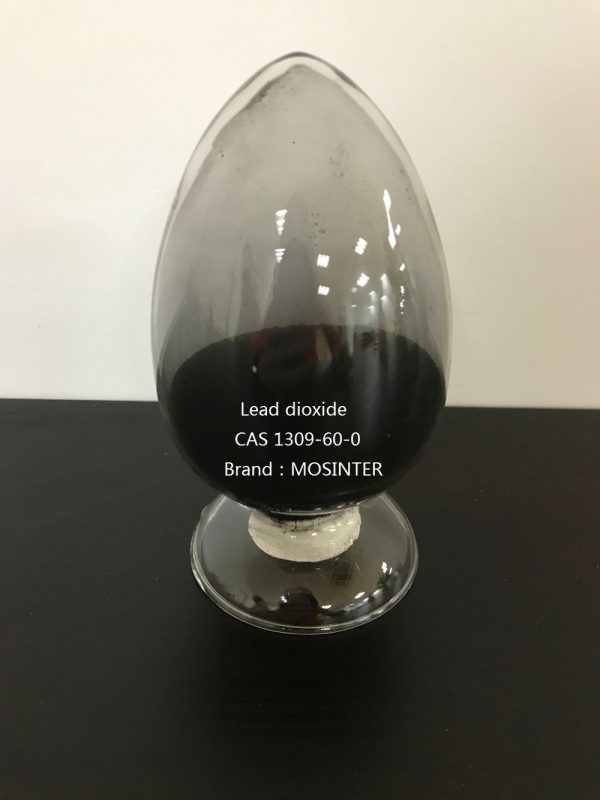
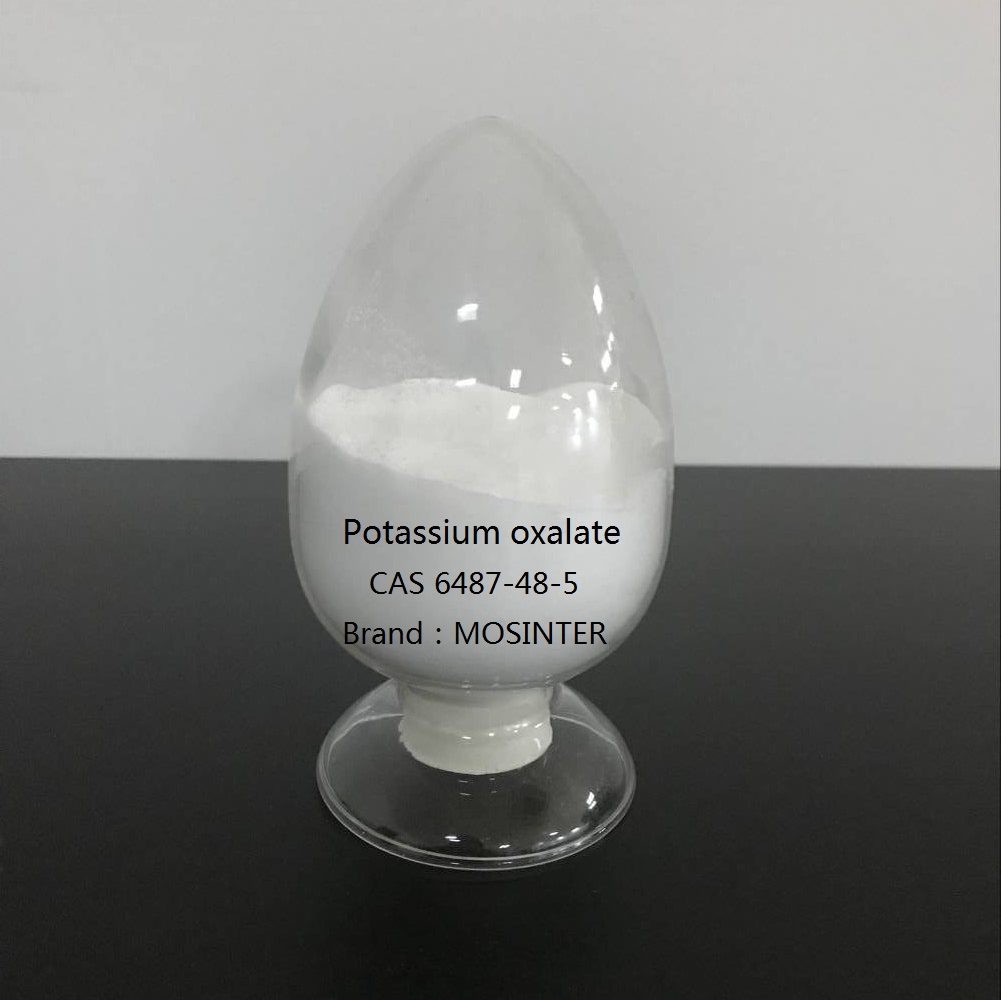
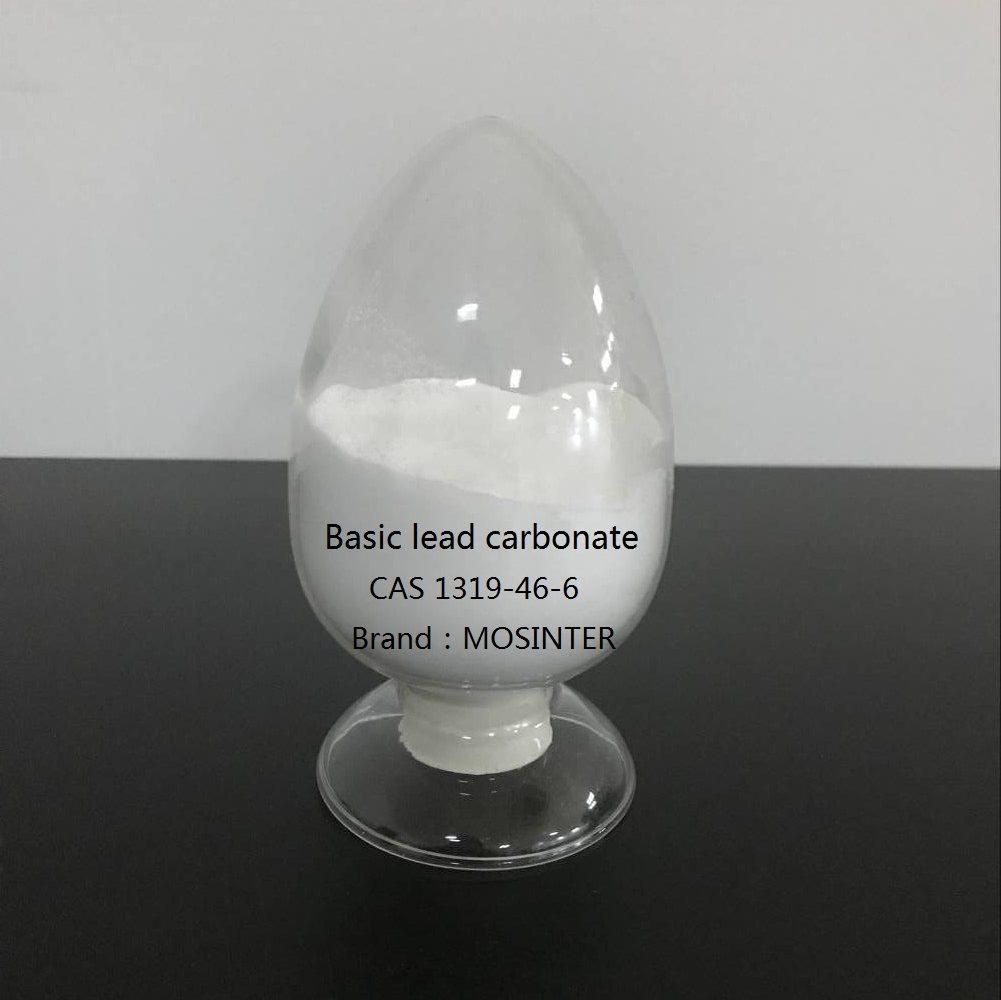
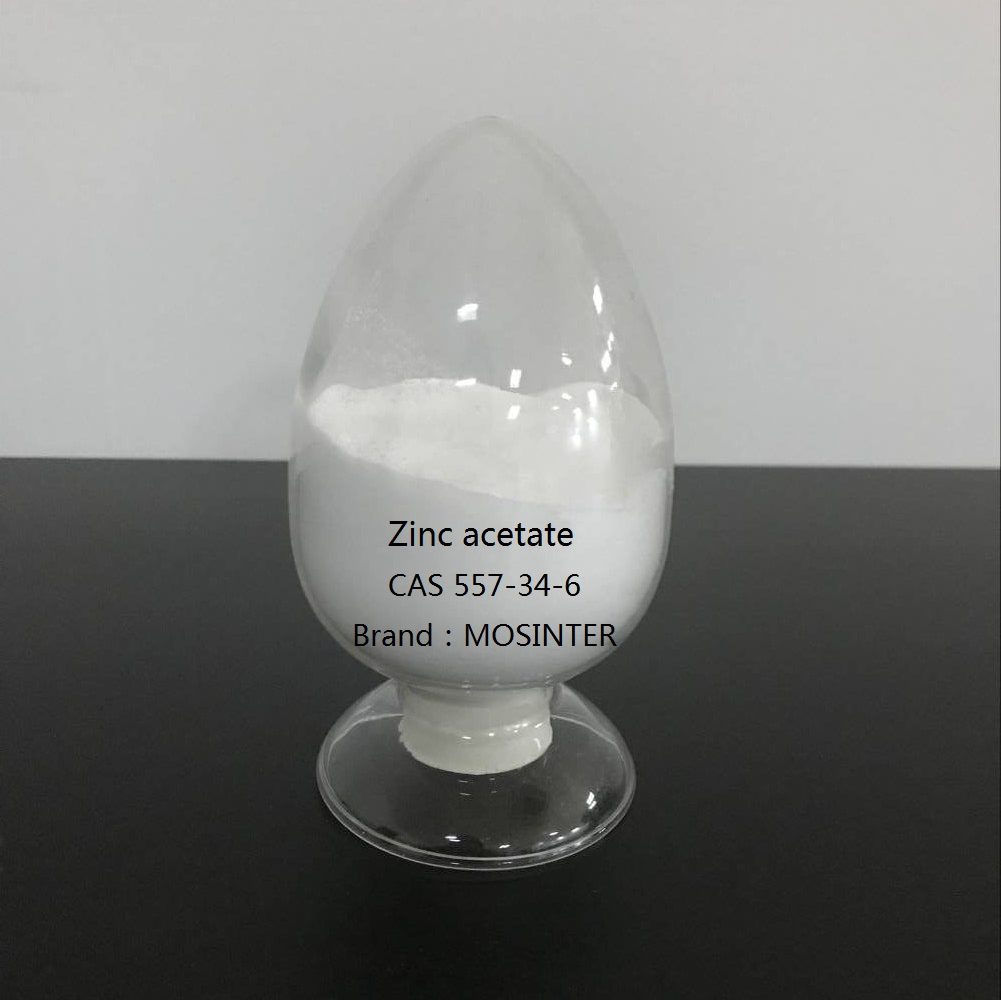
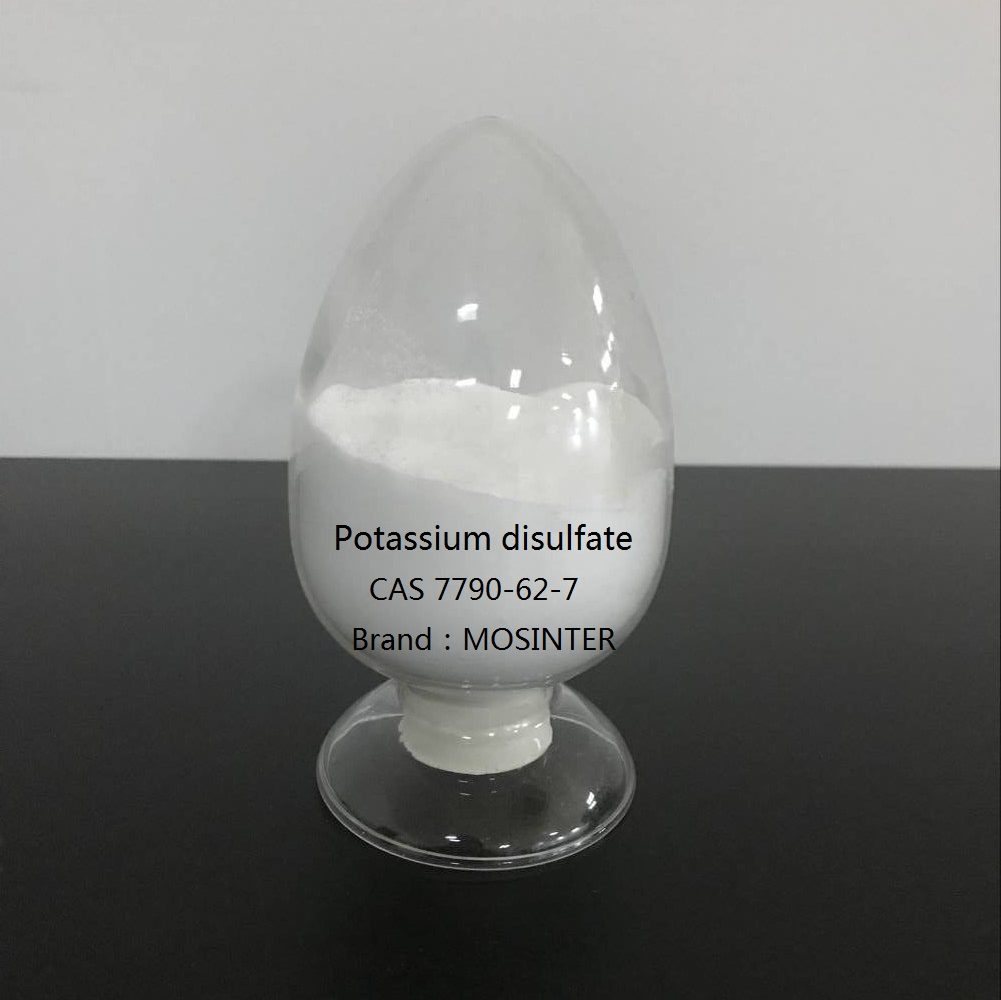
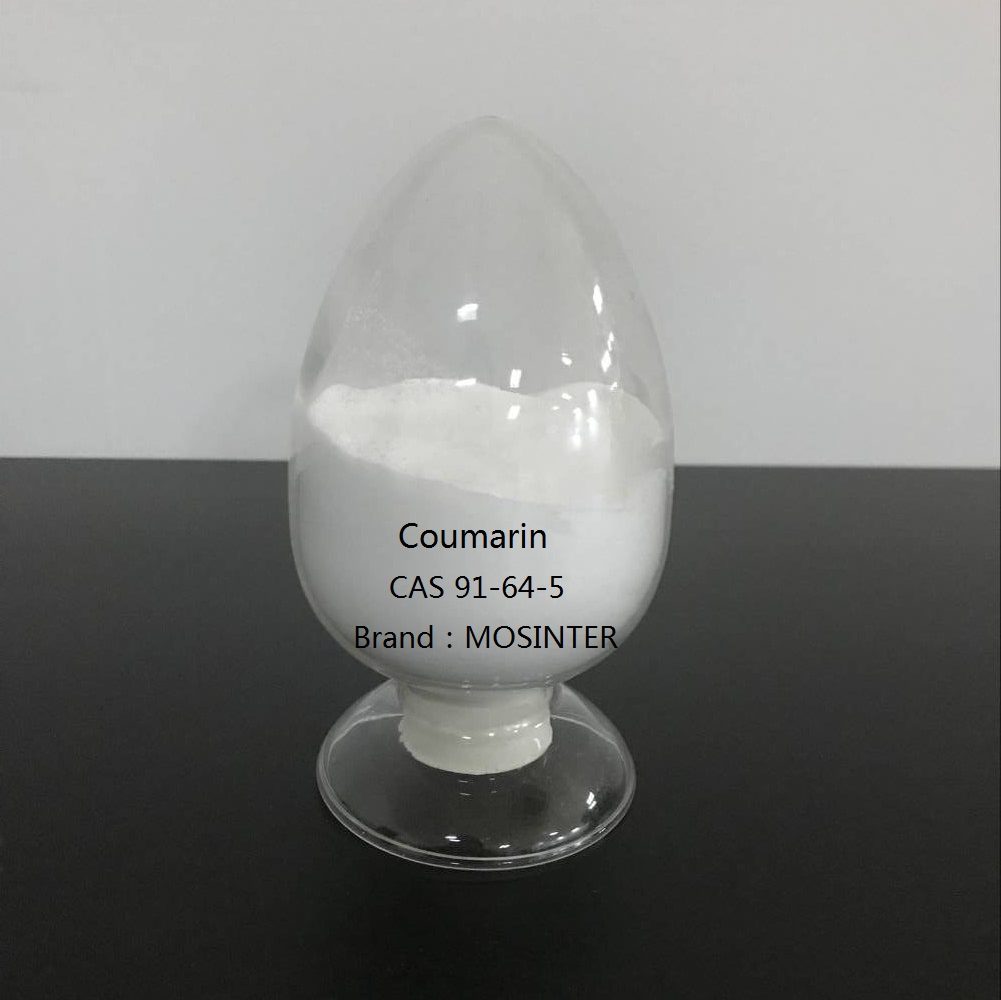
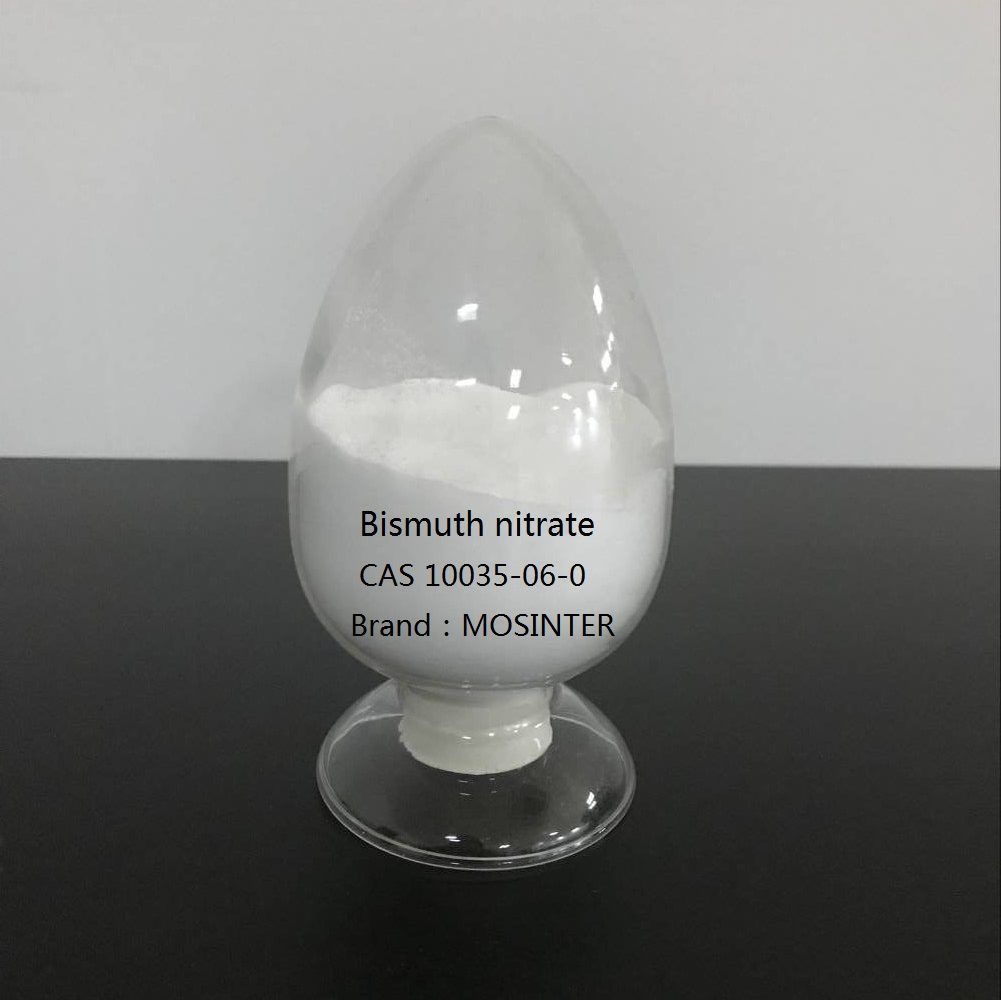
Reviews
There are no reviews yet.